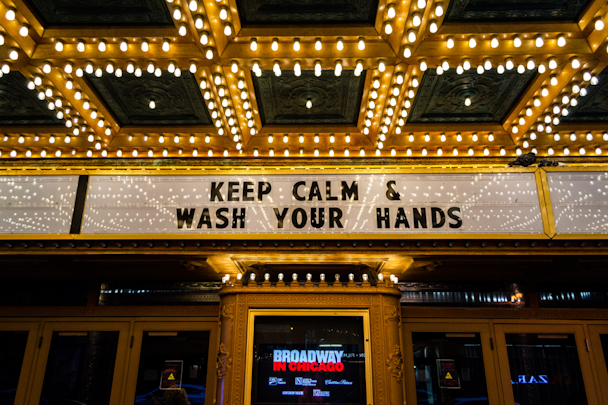Consumers are weary of ‘We’re Here for You’ messaging. What now?
Research is emerging from YouGov and Adobe, among others, that suggests that consumers are growing tired of monotonous empathy from brands. So, how do we move past reassuring our customers that we’re still here for them, and start marketing again?

33Seconds provide thought on how brands can appear more useful and appealing to their audiences.
Everyone loves certainty, and marketers are no different. There was a frightening couple of weeks in early March as it became clear that the coronavirus pandemic was going to upend the lives of everyone, where no-one knew what to do or say in their marketing and social media channels.
Advertisement
Some brands went offline completely, many posted perfunctory service messages. Campaigns were paused and product promotion felt inappropriate. But then a ‘new normal’ emerged. One where brands knew their place in this weird new world. “We’re here for you” was the mantra from every single brand, from the large to the small. Organically, and somewhat suddenly, that was the single-line rulebook from which we were all playing.
Brands rallied to help, and the unprecedented situation gave them a chance to show their warmth and generosity. But of course, some brands couldn’t help but include a product shot and tagline.
What absolute dystopian hell world are we living in. pic.twitter.com/Srnot6ZUji
— Firr (@Firr) May 20, 2020
But things change fast. The certainty we craved inevitably started to unravel, and if any situation calls for the constant monitoring of consumer attitudes through social listening, this is it. Even by mid-March, we were seeing conversation online with negative sentiments around the over-use of reassuring emails, and insincerely empathetic social posts with the “we’re here for you” mantra front and centre.
I’m already sick of the barrage of emails offering empty support in these trying times. But so far the worst has been @verizon trying to say “we’re here for you” with no actual offers to mitigate the difficulties of paying bills now, instead promoting an accessories sale. — ️⚧️ Colin Moore @ River City (@ColinMooreDraws) March 26, 2020
So what now?
Broadly speaking there are three things to consider as we consider the route back to some sort of normality.
Advertisement
Research-based advertising
The cost of advertising in many industries remains relatively low, as competition for keywords and target audiences has decreased during the coronavirus crisis. So based on numbers alone, now is a great time to advertise in digital. But it’s absolutely critical that the messaging is right, and in response to the situation as it stands right now. So if you can plan, ideate, create and traffic a campaign in less than two weeks, start with some social listening research to understand where the audience is at, and what they need most right now.
Capitalise on shifting behaviours
Life changed significantly in the last three months, and e-commerce is booming; spelling a window of opportunity for any brand who wants to drive adoption of new behaviours. The audience is more receptive and open to challenger brands and new products than ever before. With old habits disrupted and more time spent shopping online, Adobe's research proved useful in uncovering a new willingness from consumers to try new things – with 56% of respondents saying they were receptive to try something new even if they didn't know the brand name pre-coronavirus.
Suggested newsletters for you
Meet expectations of innovation
It has been said that in some quarters, several years of progress has taken place over the course of a few weeks, with digitisation happening at breakneck speed to serve customer needs in a socially-distanced world. Even the most traditional brands have had to innovate how they serve their customers very quickly.
But many of these changes, such as a retail brand sorting out its e-commerce offering, acted as reminders that this sort of progress should have been happening regardless. It just wasn’t high enough up the agenda until coronavirus forced it there.
In a world where your local chip shop and chemist have both shown how they can innovate a new retail experience in a matter of weeks, your audience has expectations that you will have stepped up and developed your offering. Not only to accommodate restrictions around social distancing, but to more generally offer fast convenience and a digital-first purchase experience.
In summary, the next few weeks and months requires us to get more in touch with what our audiences are saying and thinking. We should be looking to get more value out of paid advertising, based on insights, not just budget and reach. It’s the time to introduce new concepts. products and ways of working. And indeed, that will be expected of us as we, hopefully, make our way out of this historic period of turmoil.
Dominic Cook, chief executive officer at 33Seconds.
Content by The Drum Network member:

33Seconds
33Seconds is an independent, award-winning communications agency, specialising in climate, technology and lifestyle.
As well as offering services across strategy,...

